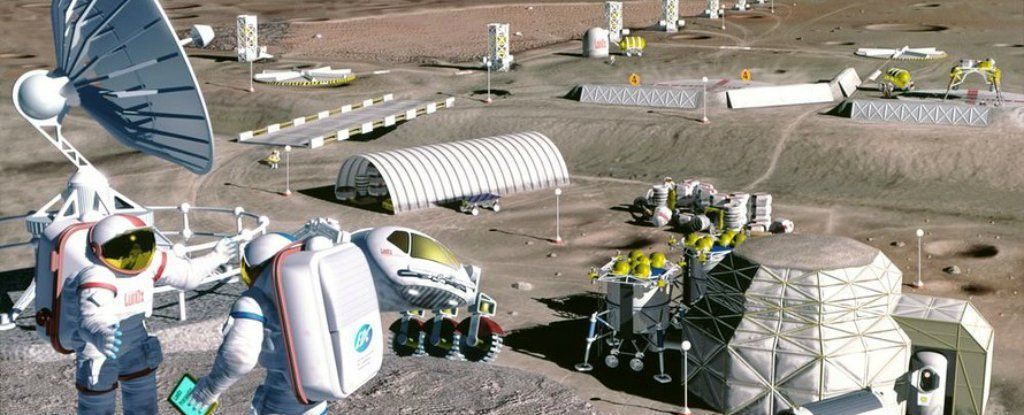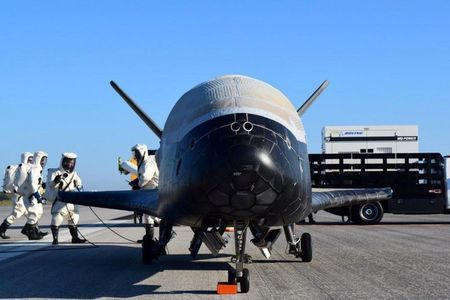What does a prototype computer with 160 terabytes of memory have to do with missions to Mars? The way Kirk Bresniker sees it, a giant leap in computing is required for the giant leap to the Red Planet.
“That’s actually what we need to wrap around that crew,” Bresniker, chief architect at Hewlett Packard Labs, told GeekWire.





